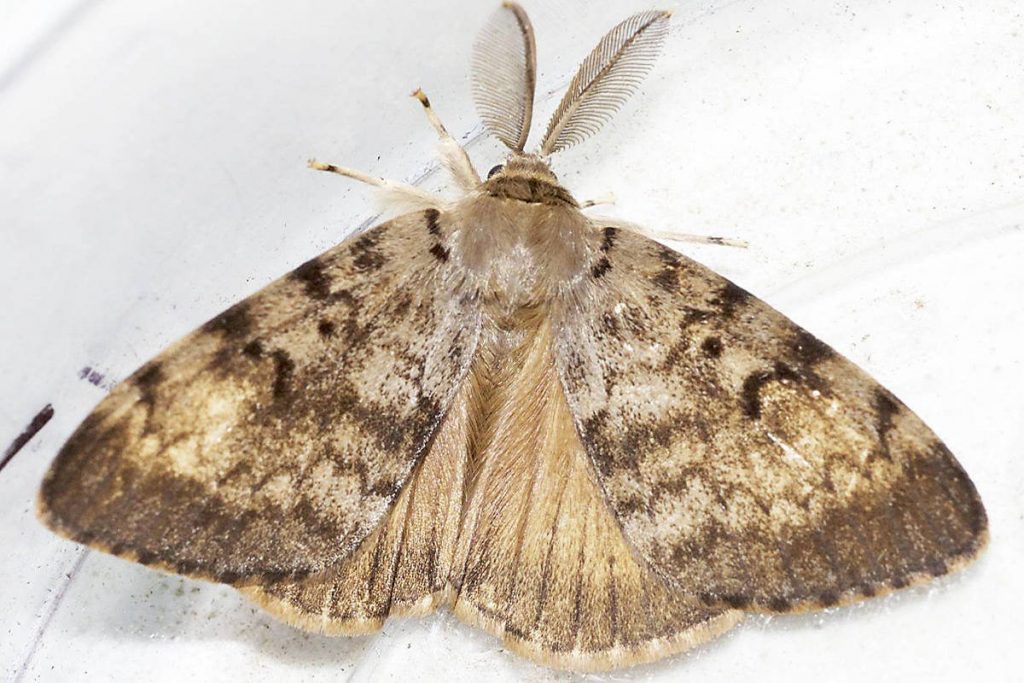Gypsy moths were accidentally introduced in Massachusetts by a French naturalist trying to cross gypsy moths with silkworms. He wanted to create a silk industry on the continent. From there, these insects spread into Eastern Canada. Moreover, the Asian gypsy moth was unawarely brought into Canada through Soviet freighters.

What is Gypsy Moths?
Gypsy moths are intrusive pests that usually attack during summer. As caterpillars, they have a hairy body with red and blue dots. At the time of hatching, they are only one-sixteenth of an inch. However, adults can grow more than three inches.
Gypsy moth eggs hatch until mid-may and are most active from June to August.
Most of the time, these pests travel by attaching to different objects.
Where Do They Grow?
Gypsy moths lay eggs during winter that remain in the form of clusters. The egg masses hatch in spring around the first week of May. You can easily find egg masses hanging from trees, branches or attached to home sides and wood ceilings or lawn furniture.
What Damages Can They Cause?
Despite their tiny bodies, Gypsy moths could be highly damaging.
Gypsy caterpillars primarily reside in tree trunks. They start feeding on green leaves as soon as they hatch from eggs. Although trees can survive throughout the year without leaves, leaves are the primary source of food production for trees. Long-term deprivation from leaves can cause the death of that tree.

How To Prevent Gypsy Moths?
Due to their destructive properties, the deterrence of Gypsy moths is crucial. There are a lot of preventive measures to alleviate them.
Get Rid of Egg Masses
Gypsy moths should be controlled at the early stage. Egg masses can travel with wind or be attached to vehicles. Hence, they spread so fast.
Keep looking for their presence. If you found any clusters, scrap off them with a knife and put them in a basket with household bleach or ammonia.
Authorities have urged people to soak egg masses in soapy water wherever they find them.
Trap Their Caterpillars
Although caterpillars are easy to handpick and crush, their hairy body can cause itching or other allergies. Therefore, it is better to trap their caterpillars to avoid skin damage.
Wrap a long burlap strap around the infested tree to make a trap. If possible, provide shade over burlap. Gypsy moth caterpillars will tend toward the shade and will be trapped. Later on, you can pick up the caterpillars and dispose of them.
Focus On Biological Control
- Bacillus thuringiensis kurstaki is a biological insecticide that releases toxic poison in the insect’s digestive system. The caterpillars will stop feeding and die within five days.
- Small was is another option that acts as a parasite of Gypsy moth egg.
Hire Pest Control Company
In the case of Gypsy moth infestation, store-bought bug sprays can not do more.
If the infestation is too large to control yourself, you should hire a reputable pest control company.
The pest control staff is professionally trained to deal with hefty infestations.

